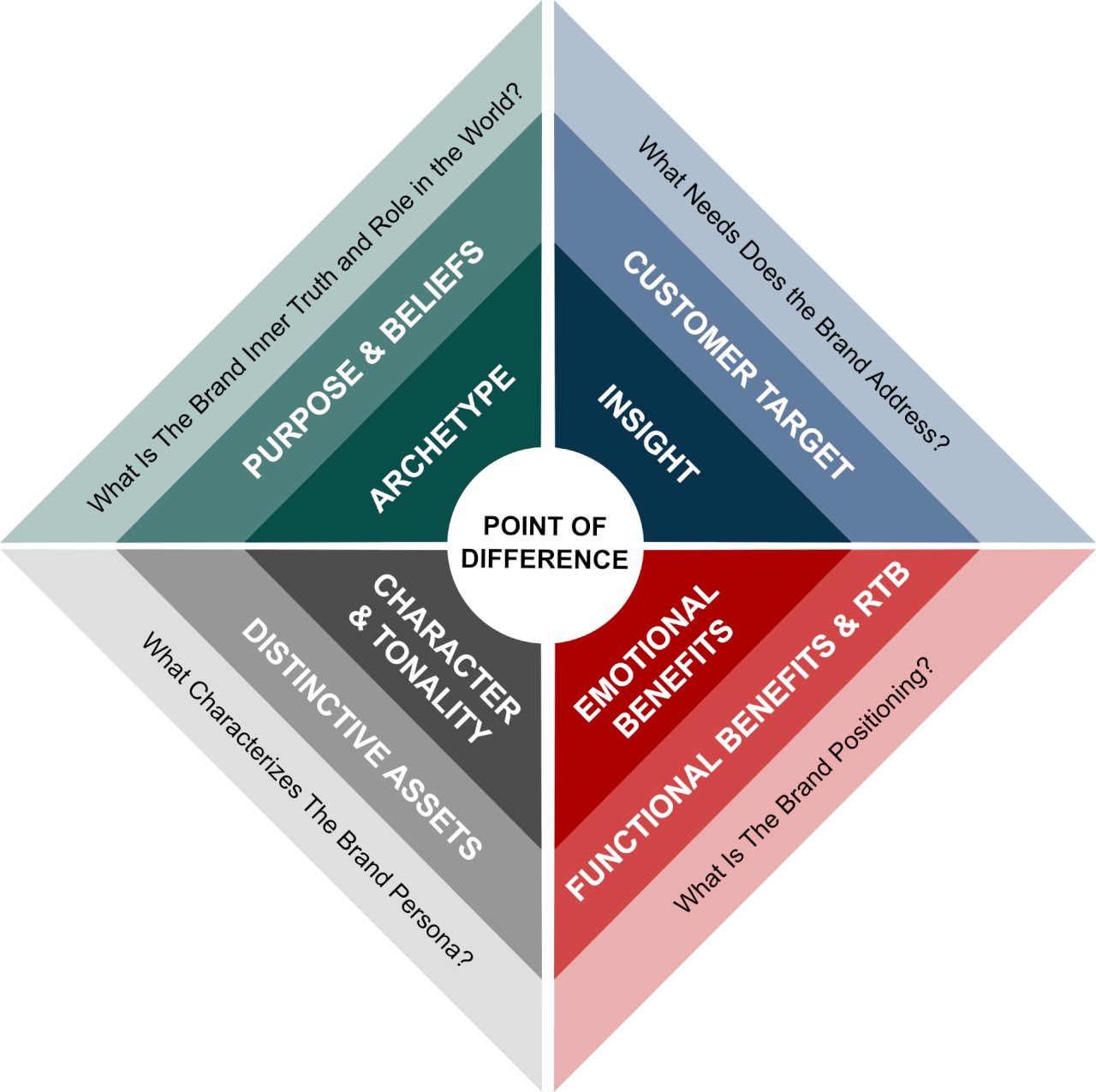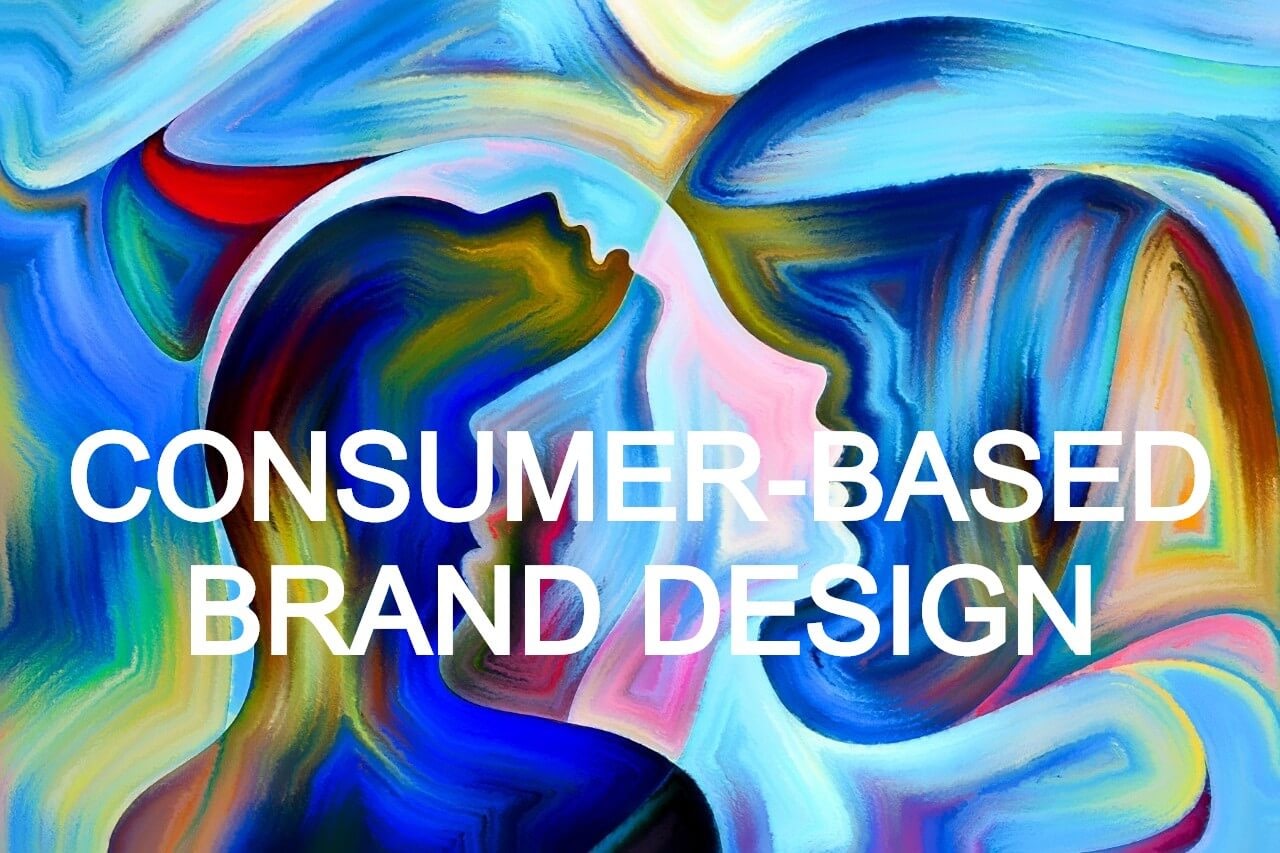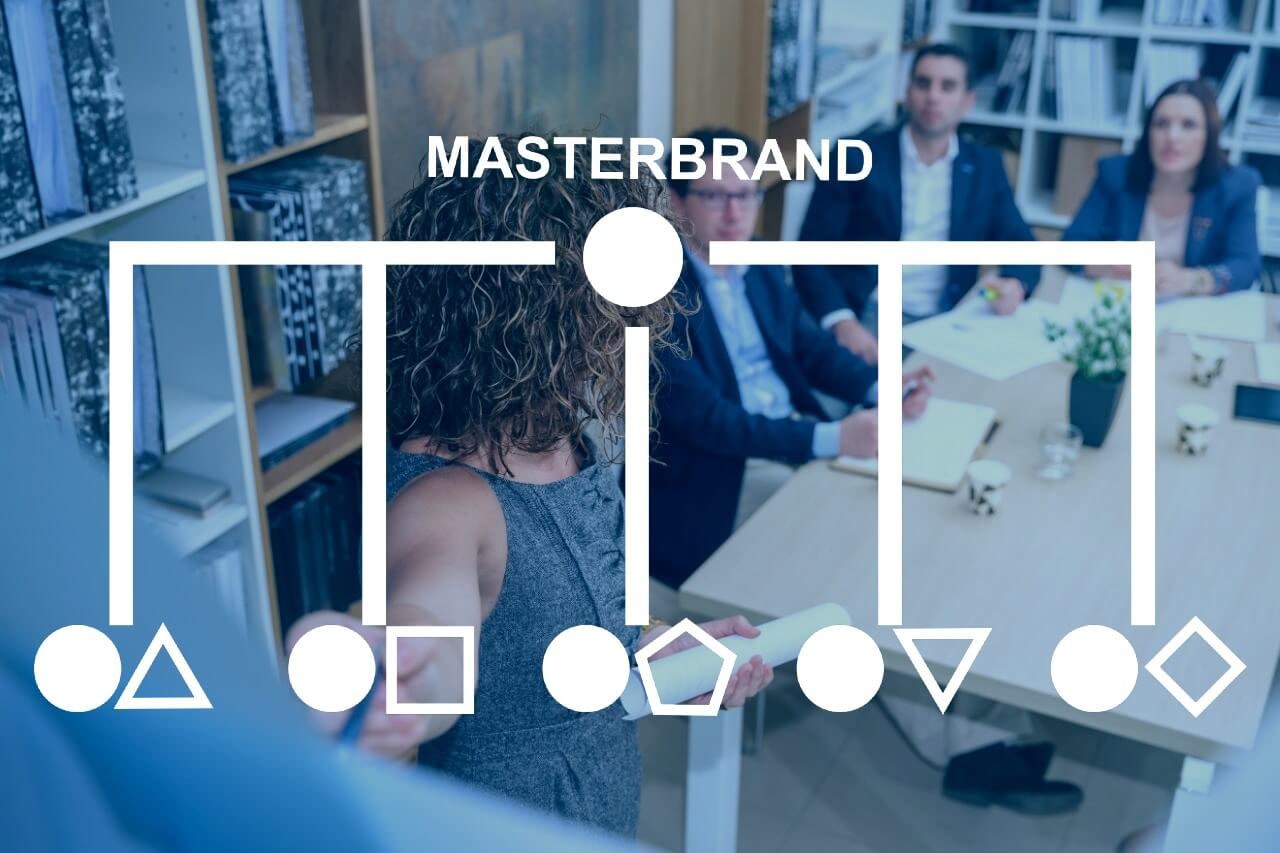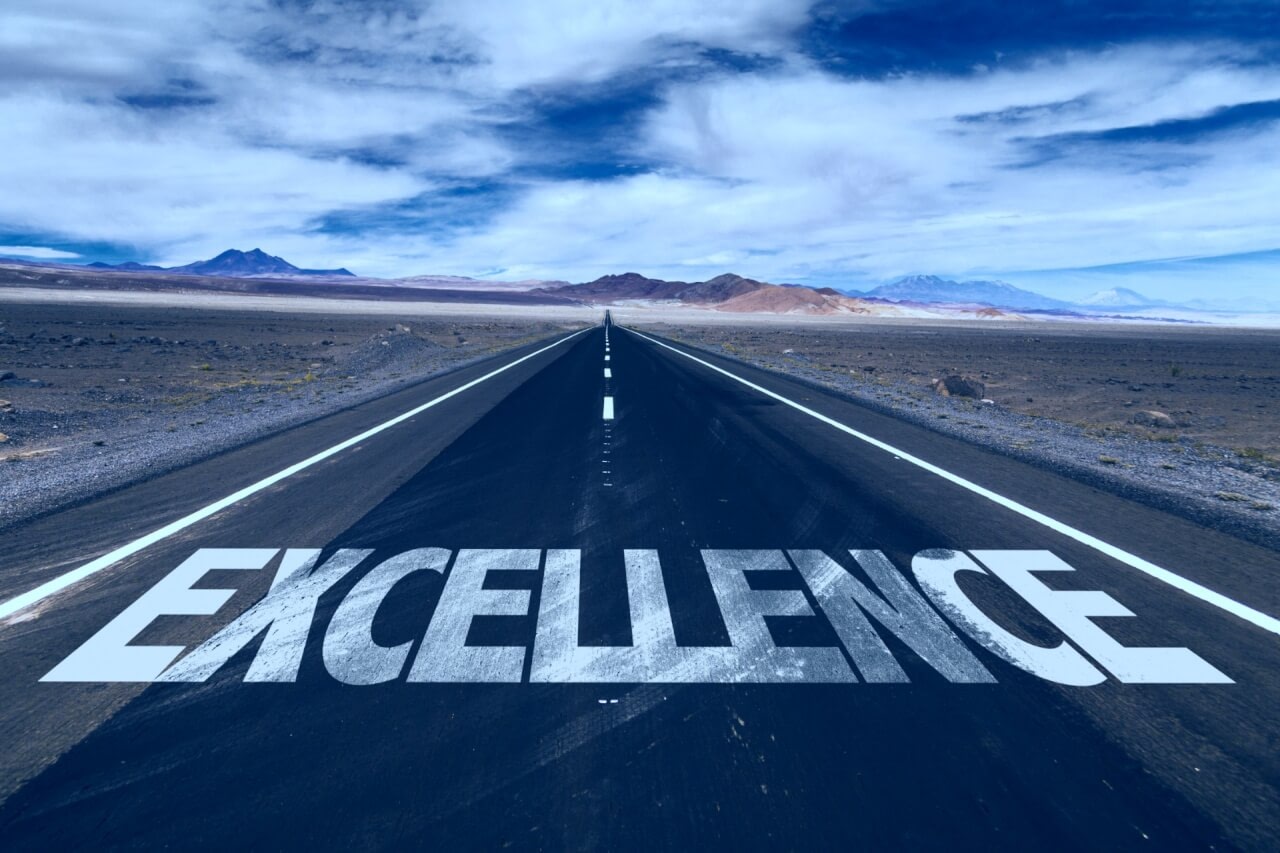DEFINING THE BRAND ESSENCE IS KEY TO BRAND’S SUCCESS
A clear definition of your Brand Essence helps you set the direction for your brand building activities and provides a frame of reference for brand communication.
It gives guidance to internal and external teams on how to "be true" to your brand.
It gives you a reference to judge messaging and creativity, to evaluate line extensions and new product development.
BENEFITS OF BRAND ESSENCE PROJECTS

Clarity and confidence in what your brand stands for

An ownable point of difference to anchor perceptions

The bases to build a deep emotional bond with customers
KEY COMPONENTS OF BRAND ESSENCE
Your Brand Essence document should capture in a simple way the articulated set of elements that build up what you want your brand to stand for in the minds of consumers.
These elements should include:
The customer element: a specific customer insights, a core human truth or an unresolved underlying tension that your brand helps to address
The brand functional benefits, needed to support its promise
The specific emotional benefits that you want your brand to deliver
The RTB that should be communicated to sustain your chosen positioning
A sharp point of difference that your brand can own to forge consumer perceptions on its value and distinctiveness
Your brand’s values, beliefs and character elements
The symbolic meaning and classic archetype at the basis of how you want customers to profoundly connect with your brand and create an enduring bond with it
The Brand Essence is normally captured in a one-page document, a sort of identity card for the brand, that is used to align all internal stakeholders on the brand identity, to evaluate creative ideas, to inform decisions about media mix and touchpoints. And is also a key component agency briefs.
and is able to connect with customers on a deeper level
FOUR POSSIBLE PROJECT TYPOLOGIES
Here a more detailed description of the different project types:
A. BRAND ESSENCE WORKSHOP - PROJECT DESCRIPTION
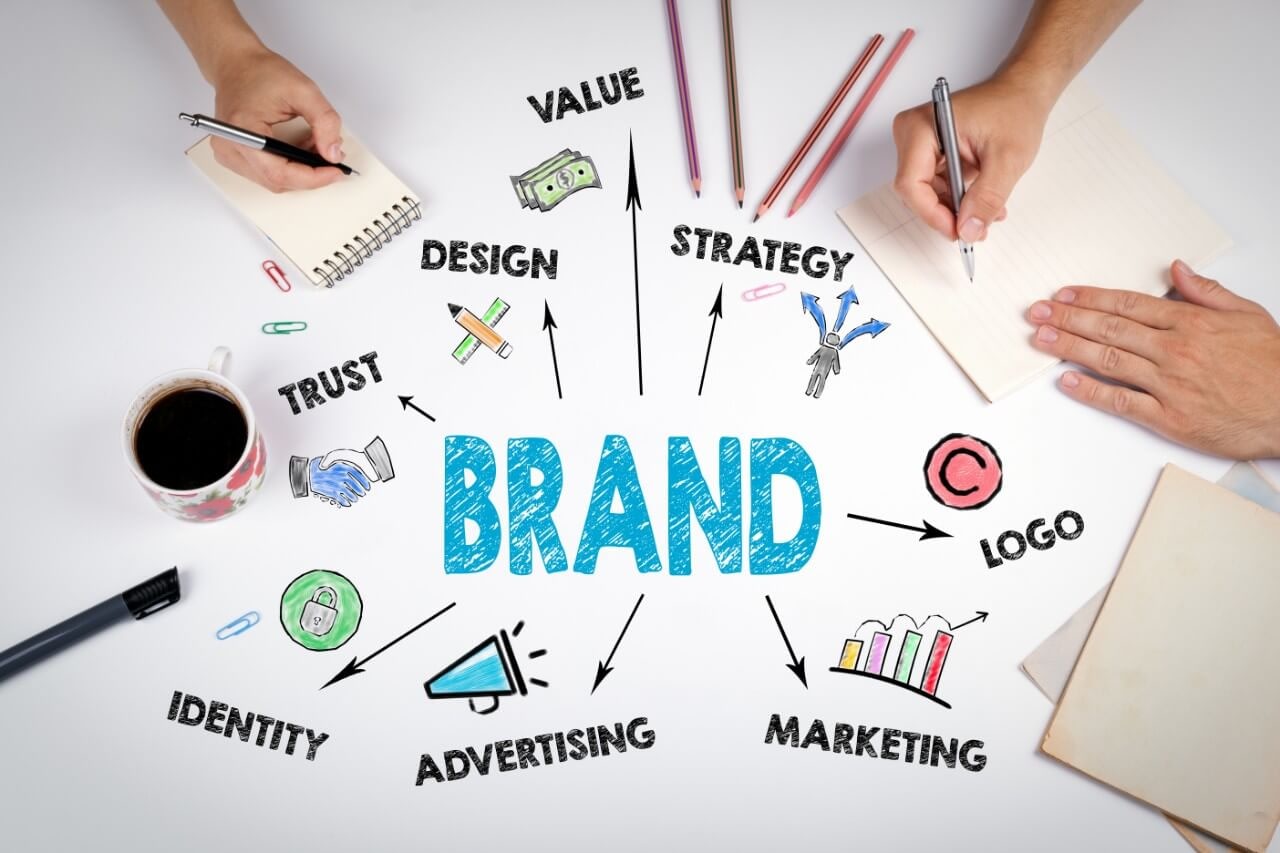
OBJECTIVE of a brand essence workshop is to build a view of the brand that is shared among the relevant stakeholders within the company. We do this through a two days facilitated workshop, in which we agree upon all relevant aspects that build the equity of the brand.
OUTPUT of the project is a one-page brand identity document that specifies the consumer target, the insight, all elements of the brand persona (e.g. vision, values, purpose, competences, personality, archetype) and of the brand positioning (e.g. key point of difference, proposition, emotional and functional benefits, RTB). The one-pager is built in alignment with the brand identity framework in use within the company.
This document normally has a series of important uses for the company, including aligning all internal employees on brand identity, evaluating creative ideas, informing decisions about media mix and touchpoints. It is also a key component agency briefs.
APPROACH: We normally proceed in two subsequent steps.
STEP 1: We conduct an internal brand audit with all relevant stakeholders to collect inputs regarding their brand vision and perceived challenges and provoke thinking. We often also share a questionnaire or other material to stimulate reflection in advance to the workshop.
STEP 2: We then conduct a highly facilitated workshop, in which we include all relevant company stakeholders and a number of external thinkers (e.g. agency strategic planners and creatives), we share ideas, discuss and reach consensus on all key aspects of the brand identity.
We normally share the brand essence one-pager at the end of the day, so it can immediately be used for communication development.
B. CONSUMER-BASED BRAND DESIGN - PROJECT DESCRIPTION
This project adds to the previous project typology an in-depth consumer research module.
OBJECTIVE of the project is to define the identity of your brand and agree upon its elements with all company's stakeholders. The brand essence workshop is in this case informed by a phase of in-depth consumer research, where we explore brand associations, imagery and archetypes and we test the viability of a series of possible differentiated benefits.
A consumer exploration research is advisable whenever you want to empower your brand identity with deeper and more compelling meanings. It is also recommended when there are multiple views within the organization about the directions that the brand should take: in this case testing their robustness, differentiation and consumer relevance is the best way to take a final informed decision.
Similarly to the previous project typology, the OUTPUT is a one-page brand essence document that specifies the consumer target, the insight, all elements of the brand persona (e.g. vision, values, mission, competences, personality, archetype) and of the brand positioning (e.g. key point of difference, proposition, emotional and functional benefits, RTB).
Additional output is a very rich document with all research findings, including a number of new, creative and unexpected ideas that inform the definition of the consumer insight and of the brand identity and that is often also a fertile source for creative development and communication.
APPROACH: In this case we proceed in three subsequent steps.
STEP 1: We start with a brand audit phase, in which we interview all relevant stakeholders to provoke thinking and collect inputs regarding their brand vision and perceived challenges.
STEP 2: We conduct consumer research using techniques that are highly suitable to reveal brand associations, surface brand imagery and methaphores and make personality archetypes emerge. We use the research to also test alternative positionings for the brand and to assess their differentiation, meaningfulness and robustness.
A rich document with all research findings and new ideas is shared with all brand stakeholders in advance to the workshop (Step 3), to inform their thinking and spark new ideas.
STEP 3: We finally conduct a brand essence workshop, a facilitated 2-days event with all brand stakeholders within the company and a number of external thinkers (e.g. agency strategic planners and creatives). During the workshop we share ideas, discuss and reach consensus on all key aspects of the brand identity.
We normally share the brand essence one-pager at the end of the day, so it can be immediately used for tagline development.
C. BRAND ARCHITECTURE WORKSHOP - PROJECT DESCRIPTION
This workshop is similar in its approach to the brand essence workshop, but focuses on the entire architecture, as opposed to on a single brand.
OBJECTIVE: The workshop helps to plan how a brand architecture should evolve over time, it clarifies roles and hierarchies within an existing scheme and it creates consensus in the organization around the best structure.
A brand architecture workshop can be very valuable when the company wants to expand its portfolio, to address new benefits, new customer segments or entirely new categories.
It helps to define to which extent the parent brand can be leveraged, what associations with or benefits of the parent brand should be extended to the new brand and which benefits or associations should stay within the boundaries of the new element only. It helps to take decisions about when a sub-brand is needed vs. when there is only need for a new SKU, when endorsement is the most appropriate way forward or when co-branding is a recommendable solution.
A brand architecture workshop can also be used in situations in which the architecture in place is unclear to consumers and needs clarification, or when internal stakeholders have different interpretations of it and a shared ground needs to be established.
OUTPUT of the workshop is a short document, including a one-pager with the architecture summary structure and one slide for each element of the architecture that describes its hyierarchy within the portfolio, the brand role, personality, associations, benefits, key point of difference, RTB, target and insight.
APPROACH: We normally proceed in three steps:
STEP 1: First, we conduct a brand architecture audit, to map the existing hierarchy, role in the portfolio and to define all features, functional and emotional benefits linked to each element of the architecture. We debrief with the company team to map possible areas for further improvement and expansion, as well as inconsistencies and possible overlaps.
STEP 2: We then study the market for each of the categories interested by the current architecture or where there are plans for future development. Objective of this phase is to identify, and if possible to size, the customer segments and the different needs that compose the market and that may require a brand extension or a new sub-brand.
STEP 3: Finally, we facilitate a 2-day brand architecture workshop, in which we review all elements of the architecture to define hierarchy and roles, and to clarify associations, features and benefits. Agreement upon each element of the architecture is reached as a result of the meeting.
D. BRAND BUILDING EXCELLENCE - PROJECT DESCRIPTION
It often happens that multiple frameworks to define the brand identity or to establish the brand architecture are used by different brand teams in the same organization.
It also happens that the same terms (brand essence, brand identity, brand equity, brand purpose, etc.) are used with different meanings by different people in the same company.
In these situations it may be useful to codify the company's models used for branding and brand architecture definition.
OUTPUT of the project is a set of refined frameworks for the definition of brand essence and brand architecture, that have been bought-in by all brand teams and that can be unequivocally used by different marketing people in the company for their brand building activities.
These frameworks are built upon the models currently in use, selecting the best elements of each approach and clarifying double interpretations where they exist.
APPROACH: We normally proceed in four steps:
STEP 1: We conduct a series of internal interviews to investigate and appraise all existing frameworks and we discuss with brand teams the pros and cons of each model, establishing where they see room for improvement and identifying elements that may be missing.
STEP 2: Based on the inputs received, we develop the first draft of an optimized framework, designed to merge all benefits of the different models in use, while eliminating redundancies and clarifying definitions. When no clear optimal model can be identified, we can use our own brand identity and brand architecture models as a starting point for discussion.
STEP 3: We then conduct a two-day workshop with the company team, in which we finalize and refine the model and clarify all remaining doubts. The finalized framework(s) can be made available immediately after the meeting.
STEP 4: Finally, a company-wide training follows, in which team members have the chance to apply the new framework on a number of case examples and exercises, to make sure that they acquire the ability to use the new approach in practice.
Contact us for support on Brand Essence projects: contacts@edgeplus.it
